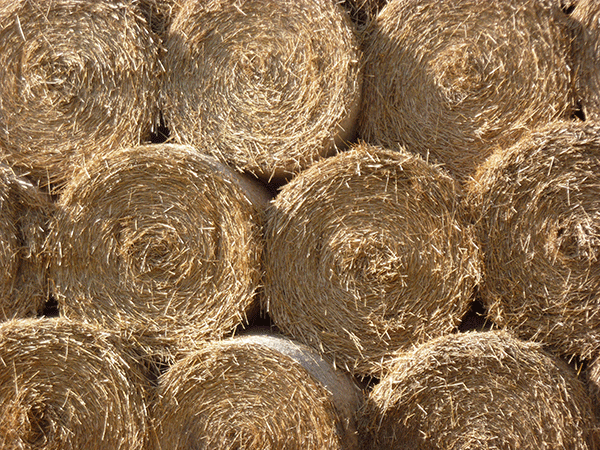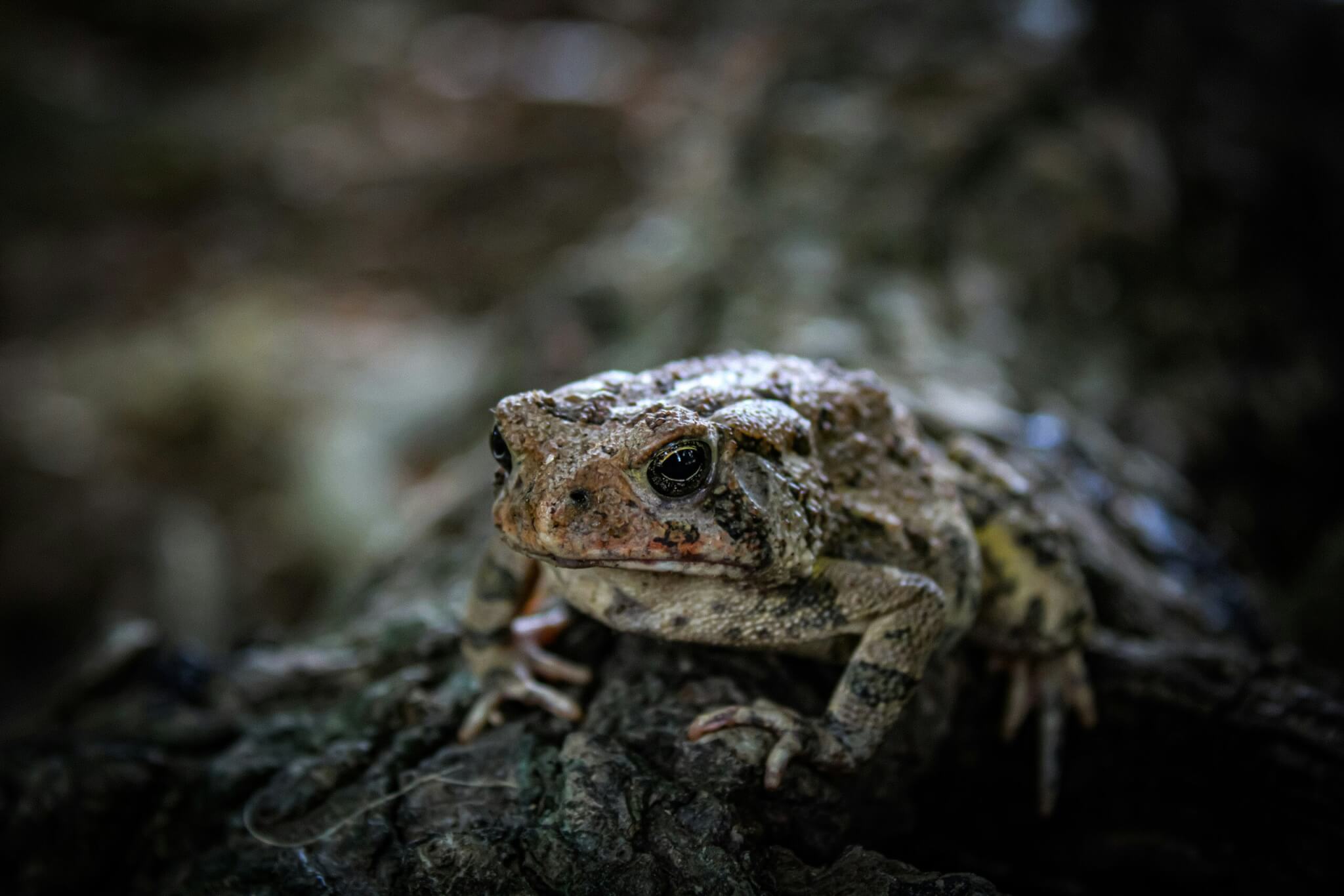Devon is ahum with the sound of harvesters, as farmers race to catch up with silage-making after a wet May.
For traditional hay-making, grass was cut, and turned every day for four to seven days until dry enough to store as hay. It’s highly weather dependent – and since the 1960s, hay-making has been progressively replaced by silage, where the grass is cut much earlier (while more digestible) and wilted for a day, before being raked into rows, chopped into short lengths, blown into a trailer and transported to the farm, where it is rolled and wrapped in plastic to remove and exclude air.
Under anaerobic conditions, naturally occurring lactic bacteria ferment the sugars in the grass, converting them to lactic acid, which pickles and preserves the grass. If made well, with grass high in sugar, silage smells sweet – but after five months eating this bovine sauerkraut over winter, for most cows getting out onto the spring grass can’t come soon enough.
The sweet smell of well-made hay evokes memories of working hard during good summers, with a cider barrel stashed in the hedge (consumed while loading the trailers), and more in the yard to clear the throat after unloading the bales into the barn.
It was hot, hard, dusty work, but by necessity a sociable job; no farmer could lift all those bales on their own. In a wet, unsettled summer, crops were lost, the smell was far from sweet, and the bales were heavy. But I can’t help lamenting the task’s passing. By comparison, modern silage-making is more reliable, highly mechanised, and the product more digestible, allowing cows to produce more milk – but the move to silage has been a disaster for traditional, late-cut hay meadows, along with all their richness of flowers, insects, and ground-nesting birds.
Each year, the forage harvester, trailers, and rowing-up rake get larger, harvesting 100 acres of grass a day compared to the five acres of my youth. I snatched a minute during refuelling to ask John, our local contractor, how many horsepower his monster harvester packed.
His wry, tired, half-smiling answer, as he climbed back into his cab to rev up for another 16-hour day with his phone as his only communication, was: “Not enough.” These days, no amount of cider would induce many people to pitch hay bales all summer. But hearing John’s harvester groan up the hill filling yet another trailer made me wonder: as the machines get bigger, when will we decide that progress has taken us far enough?













Aye, then and now rears it’s head again! Back when I were a lad, some time back I might add harvesting were a completely different beast – or at least it was where my Uncle farmed (he had something called in they days something called a Market Garden, mostly family run, but there where others around who farmed differently. Not for us the joys of tra’cors, I think between the five or so farms who used to share the frantic hay making (Silas back then was a name not a foodstuff for cows) we had I believe some three tractors, non o’ they had much power and were generally harnessed to the cutting machines. We (or at least the grown ups) used horses for everything else, horses and sheer manpower! Because of this as Fuy states we didn’t get much done in a day – it was what it was.
Generally several farms would get together and help each other, the farm would be shut down as much as possible leaving a minimum staff staying behind – the rest men, women and children all went off to the harvesting. whilst we little ones would play around the edges of the fields supervised by the older children and maybe one mother the rest got on with the harvesting doing as much as they could – this was children from about 10 to 11 upwards to the old men. Generally it was the farms “holiday” (the only one you’d get in the year). Aye it was hard work but the community spirit was alive and well, once we’d done one farm we’d move to the rest one at a time with a watchful eye on the sky until all was safely gathered in.
As I remember we never wasted much nor used irreplaceable fossil fuels nor any of the other things that everybody laments about these days and we did most of it using either our own or our animals (horses in this country) strength. Amazingly we were actually happy with our lot and slept well at nights. It seems to me that the time has come (if not well past) to reconsider how and why we farm and produce our food, including most importantly where it comes from! So whilst a few are considering this it should become a priority for us to return to the days of yore, both for our own and the planets sake and we need to do it quickly.
Guess that little rant from this youngish boy will not get much done on it’s own but it should help us move in the right direction!
I agree that we need more people working on the land. In my opinion it’s the only way we can feasibly implement more ecological practices in farming. We need more human ingenuity; noticing and observing what is happening on the land, not smart machinery that lets us intensify production even more. As a farmers son, I can confirm that it’s hard work, but it’s dignified work; you are in control and the provider of your own destiny. You are not at the whims of a boss, a corporation, or a government. However, farming in this way does not provide the material reward that most are used to.
I’ve been reading ‘A Shepherd’s Life’ by James Rebanks that really emphasises this sort of freedom that farmers can have. However in the high input system that is all too prevalent, farmers are subject to the volatile prices of feed, fertiliser, seeds, pesticides, software, machinery, trade deals, then squeezed at every point by the retailers and supermarkets. They may have made more money at point, and produced more efficiently, but crucially they have lost their autonomy and self sufficiency and have found themselves reliant on agrochem corporations and supermarket behemoths to maintain efficiency, yields and their lifestyles. In this way, they are the most recent victim of our consumeristic society.
We have 5 acres for 4 alpaca and some chickens. We used to cut and store our own hay with the help of the farmer next door. This year we are overwhelmed with grass and could make hay to keep the boys going without buying in. . But no one wants to know! Or the machines are so big they can’t get through the gates!
‘ as the machines get bigger, when will we decide that progress has taken us far enough?’ The answer on the one hand ‘never’ as the inevitable consequence of the corporatisation of farming is ever increasing scale. On the other hand we have so far passed the point of climate and ecologically inappropriate farming that we need to stop a few decades back.
The scale of foraging is matched in everything else – bigger cultivation equipment, bigger combines, bigger sheds, bigger farms, concentrated distribution, bigger trucks, bigger diesel bills etc etc. The only things getting smaller is the community and biodiversity.
We are so fucked!